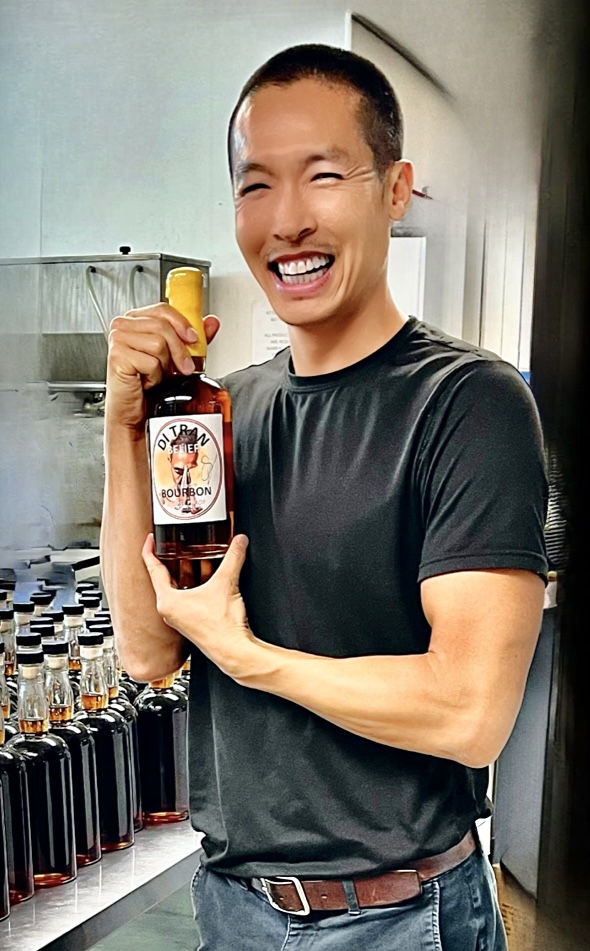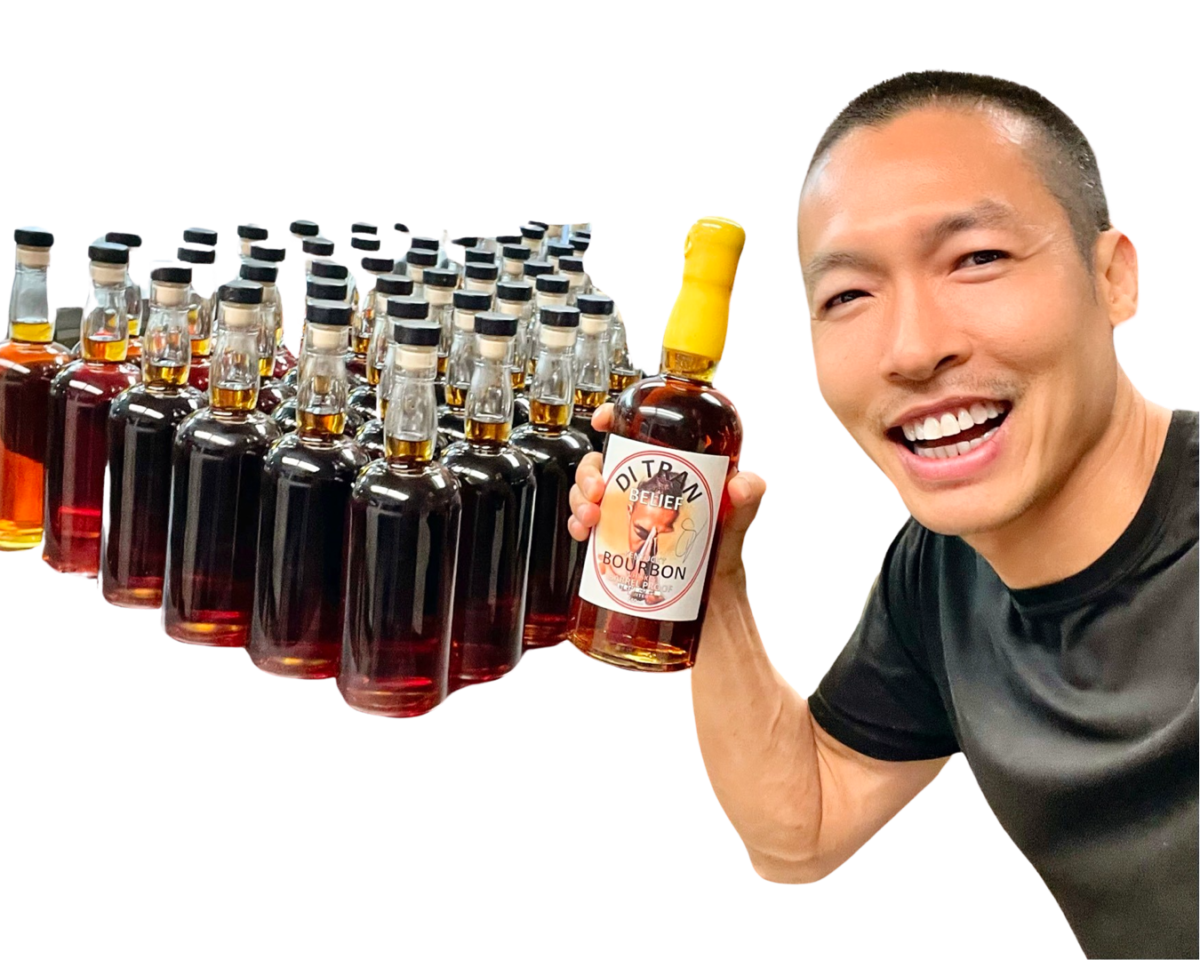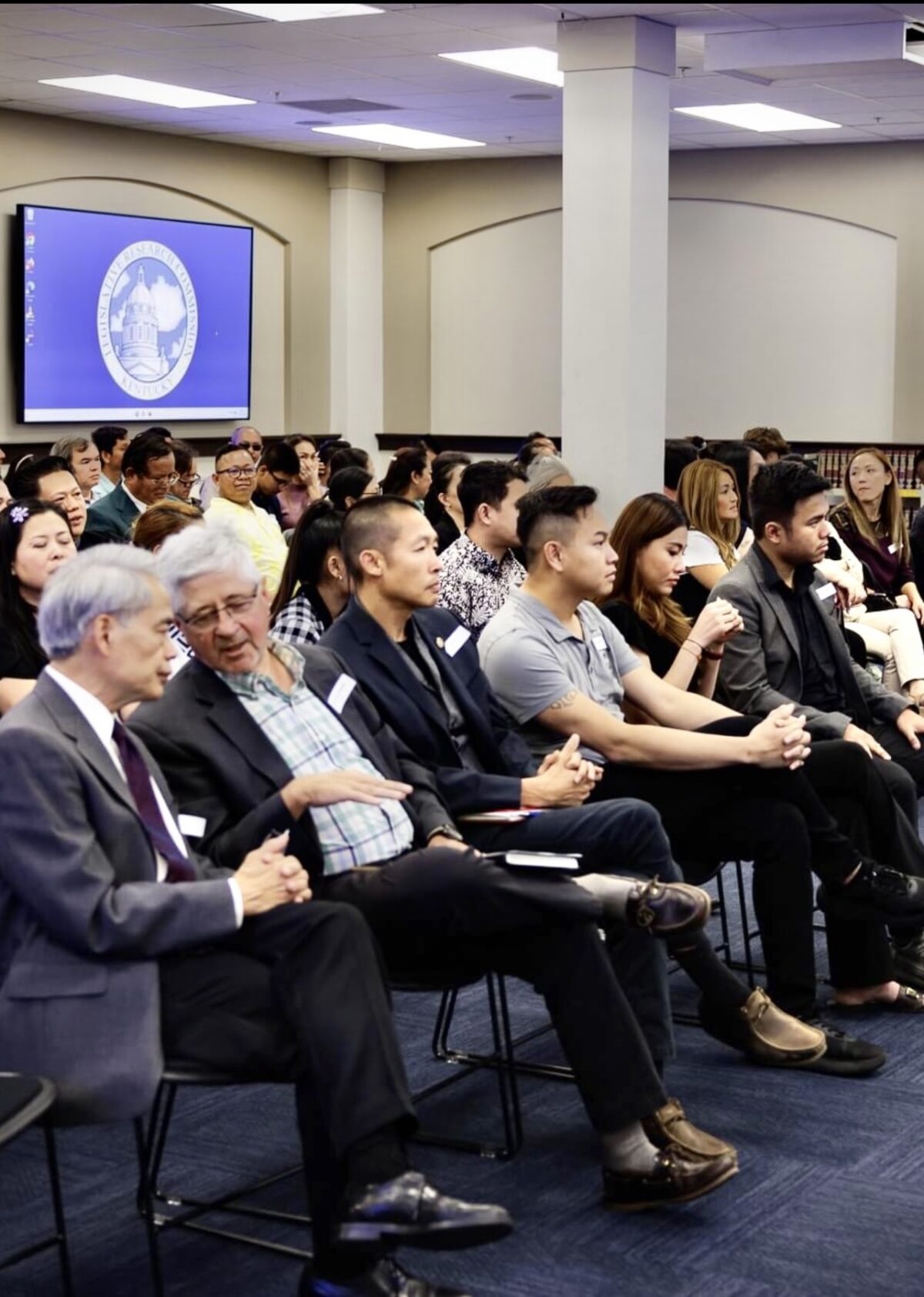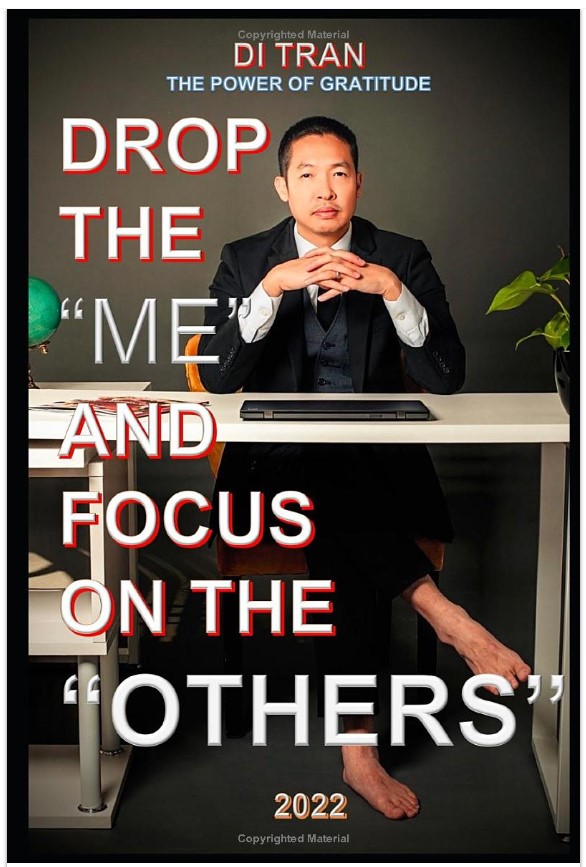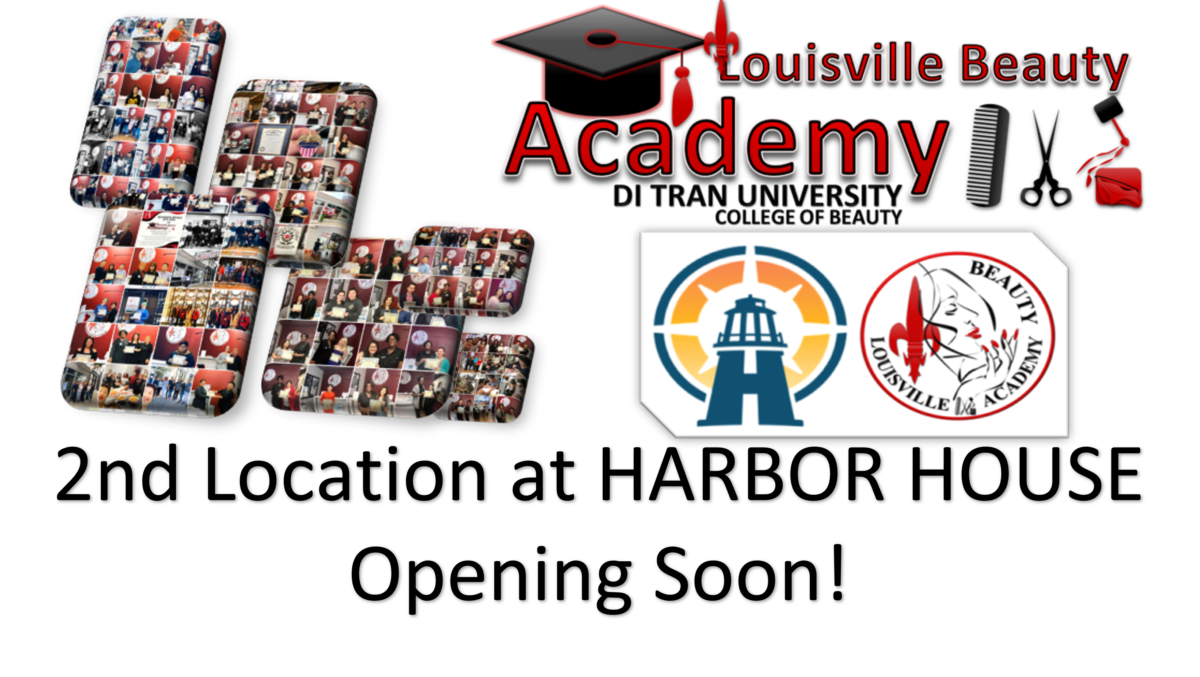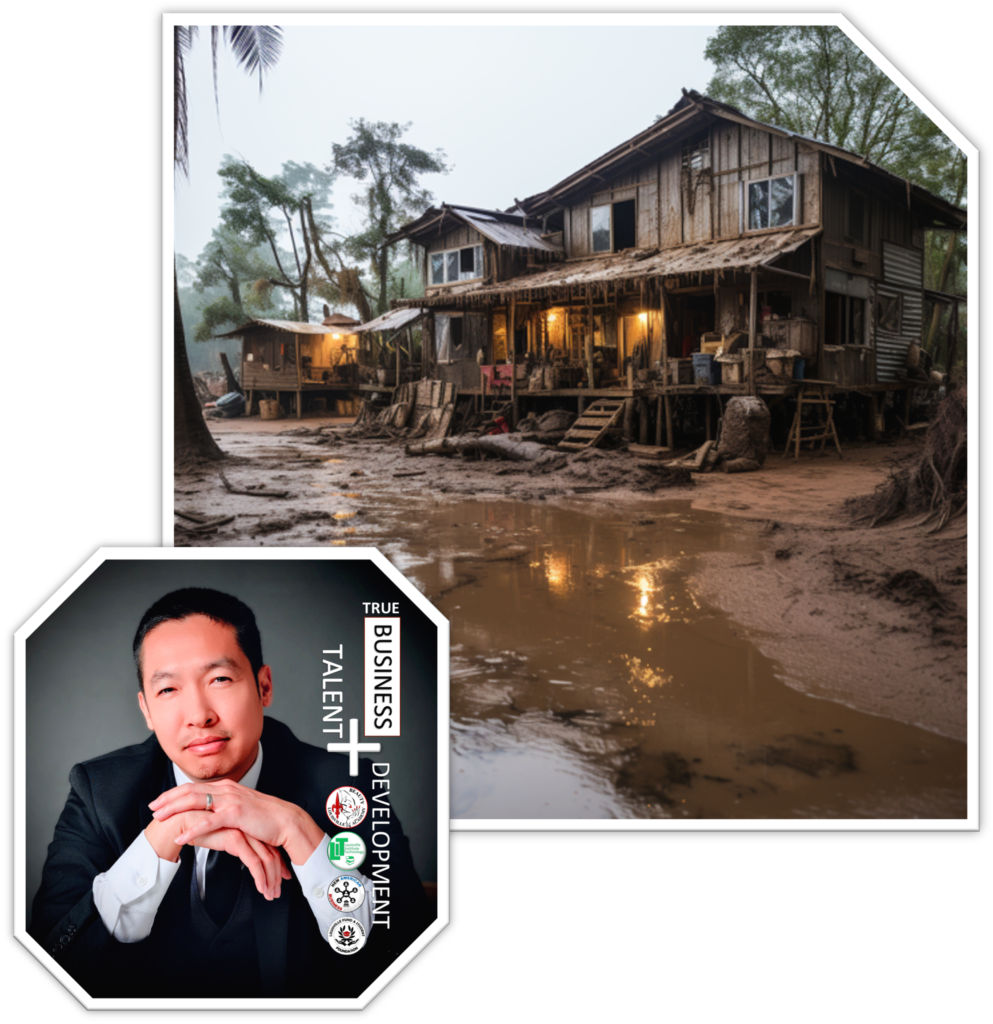In the vast, fertile plains of Kentucky, where the rich soil and serene atmosphere have long been nurturing the finest bourbons, a new entrant steps boldly onto the stage: “BELIEF”, the inaugural release from Di Tran Bourbon Whiskey.
As bottles begin to grace shelves and decanters, let’s delve into the story behind BELIEF, exploring the nuances of this cask strength, single barrel bourbon, and the vibrant community excitement surrounding its release.
Crafting “BELIEF”: A Journey of Passion and Precision
“Belief” is not simply a bourbon – it’s an embodiment of Di Tran’s gratitude and a spirited toast to the human connections that have enveloped his entrepreneurial ventures. Di Tran, a serial small business owner and author, known for impactful works such as “Drop the ME and Focus on the OTHERS”, has infused every drop of “BELIEF” with a rich tapestry of experiences, learnings, and heartfelt appreciation towards his supportive community.
In the realm of bourbon, a meticulous and passionate crafting process is paramount. “BELIEF” fulfills and exceeds these expectations by presenting a bourbon that’s robust with a high proof level of 61.241% ABV or 122.46 proof, directly from the barrel to the bottle. A tribute to Di Tran’s own penchant for cask strength bourbons, it promises a bold, unfiltered, and invigorating tasting experience that both casual sippers and seasoned connoisseurs will cherish.

The Rarity and Exclusivity of a Single Barrel Release
With only 200 bottles in existence and no subsequent releases planned, “BELIEF” is a genuine collector’s item. Each bottle encapsulates a rare and exclusive journey through Di Tran’s lens, offering a bourbon experience that’s as unique and multifaceted as the man behind it. The first bottle, labeled #1, is a particularly special entity, symbolizing the beginning of Di Tran’s spirited voyage into the world of bourbon creation.
The Community: The Core of “BELIEF”
Perhaps one of the most striking aspects of the “BELIEF” release is the strong current of community enthusiasm and support that has been a cornerstone throughout Di Tran’s bourbon crafting journey. The release mirrors the colossal support, advice, and unyielding belief that the community has showered upon Di Tran Bourbon. Every note, sip, and bottle is a heartfelt “Thank You” from Di Tran, echoing appreciation, and valuing the love and encouragement poured into his ventures.

Sipping Responsibly, Sharing Gratefully
“BELIEF” invites you to become part of an exceptional, exclusive experience, savoring a bourbon that’s as rich in story as it is in flavor. As glasses are raised in cheers, it also calls for responsible enjoyment, ensuring that the spirit of connectivity, sharing, and appreciation remains undiluted and true to its essence.
Di Tran is more than an entrepreneur; he’s a man profoundly touched by the belief and support of others, and “BELIEF” is his meticulously crafted tribute to every individual that has been a part of his journey.
As you secure your bottle, let’s forge new memories, share stories, and traverse through the multifaceted experiences offered by “BELIEF”, where every drop is a harmonious blend of robust flavor, unwavering gratitude, and profound human connection.
